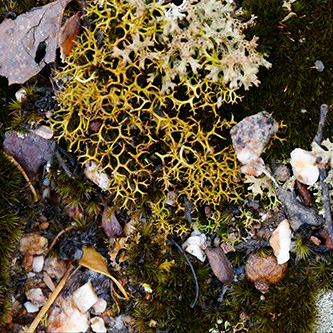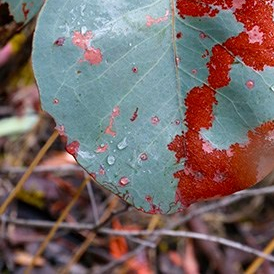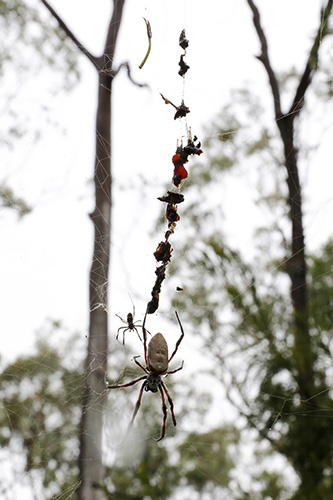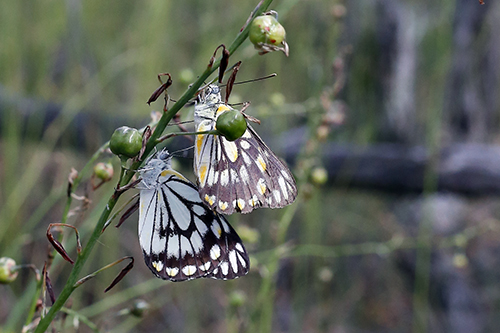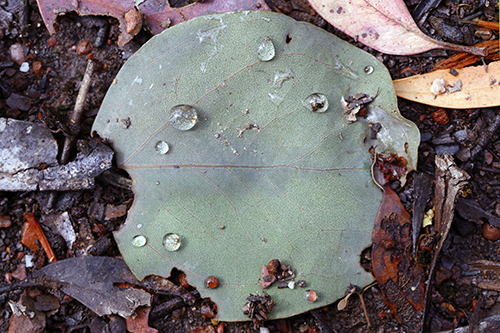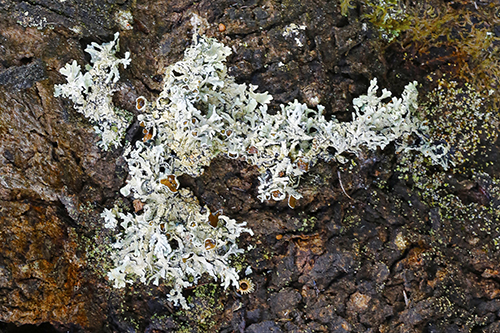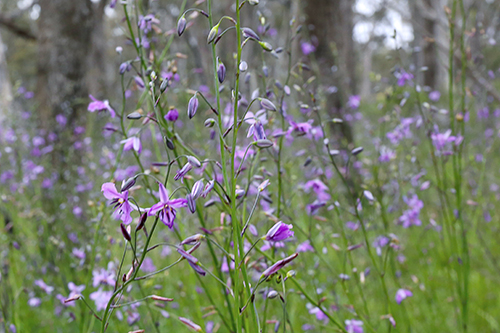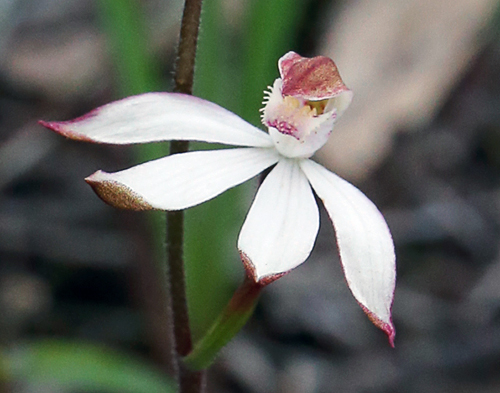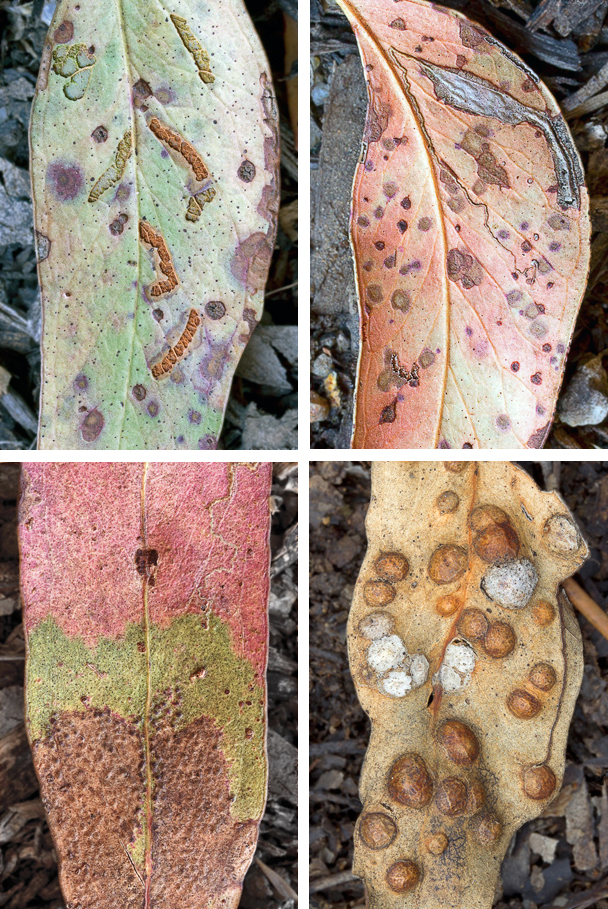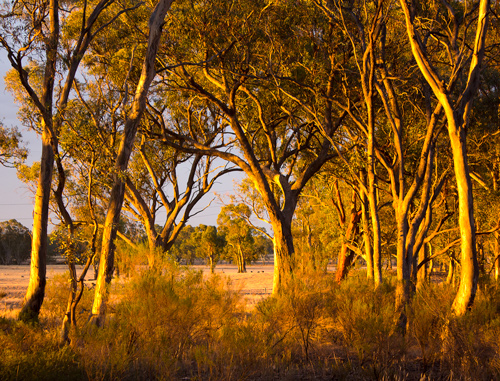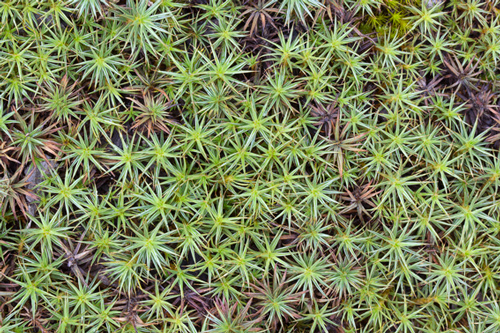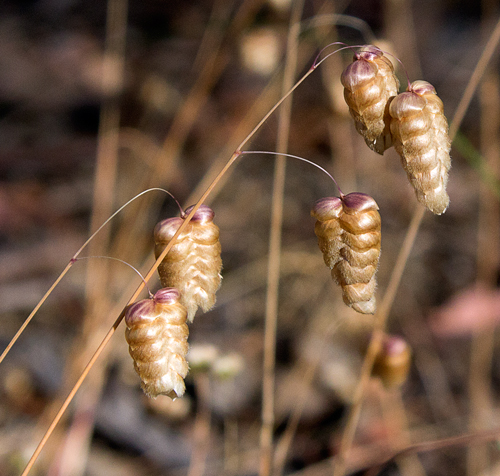I noticed this attractive looking plant at the north end of the Reserve a while ago which I didn’t recognise. Frances Cincotta with the help of Bonnie Humphries identified it as Toadflax Linaria purpurea, unfortunately a weed. It is native to Italy, but it can be found growing wild as an introduced species elsewhere in the world, and it is cultivated as an ornamental plant. The shallow roots made it easy to pull out and I hope I’ve got it all.
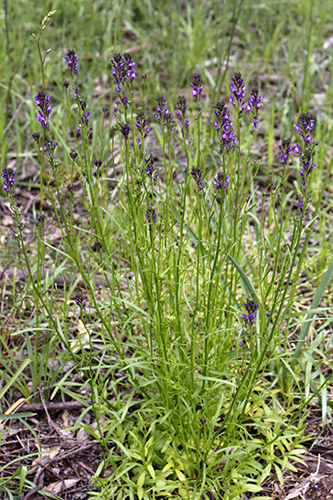

Toadflax, 12 October 2016
Another plant which I didn’t recognise turned out to be Miner’s Lettuce Claytonia perfoliata. It is native to North America, most common in California and was eaten in the Californian Gold Rushes to stave off scurvy, thus the name. It is widely naturalised in western Europe and is grown as a salad vegetable in Australia.
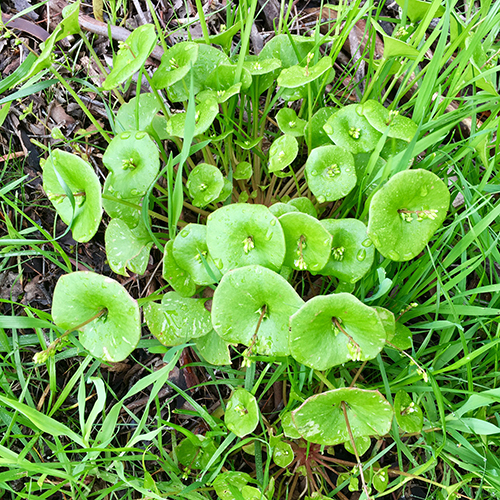
Miner’s Lettuce, 11 September 2016
